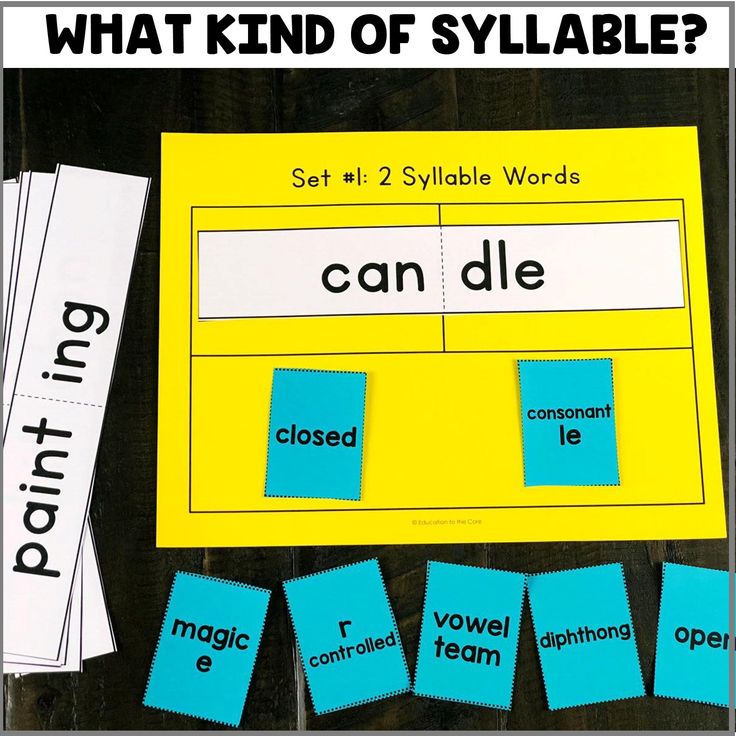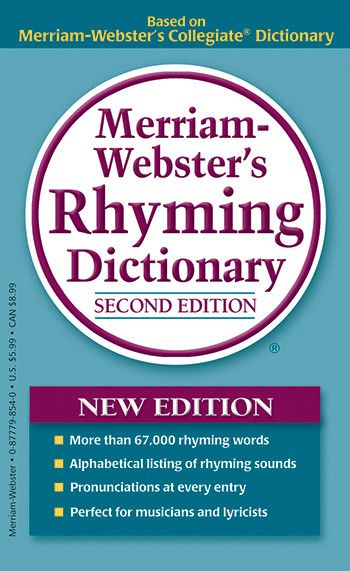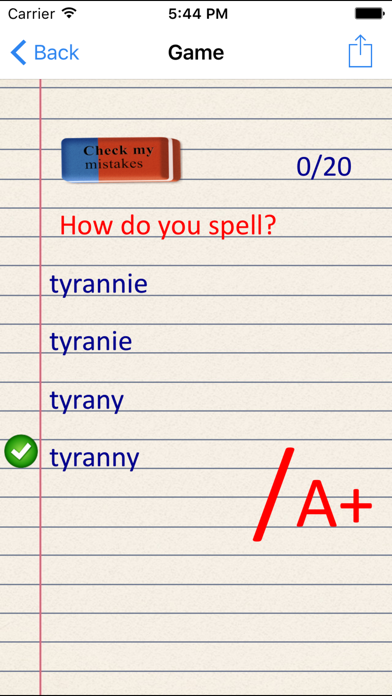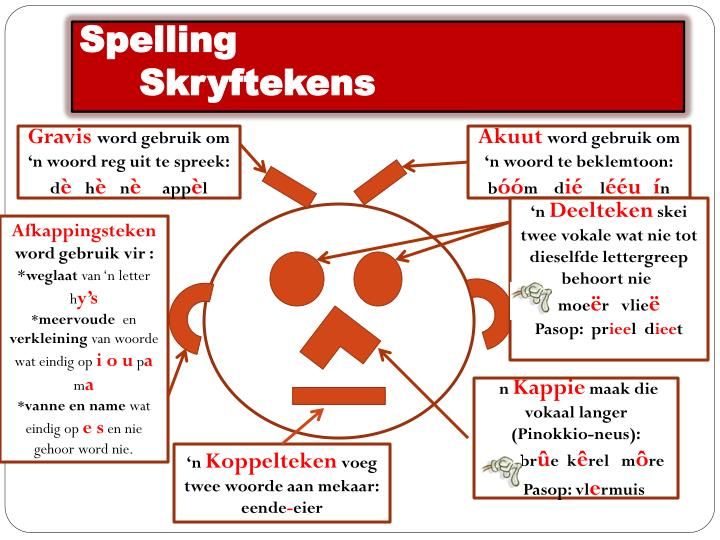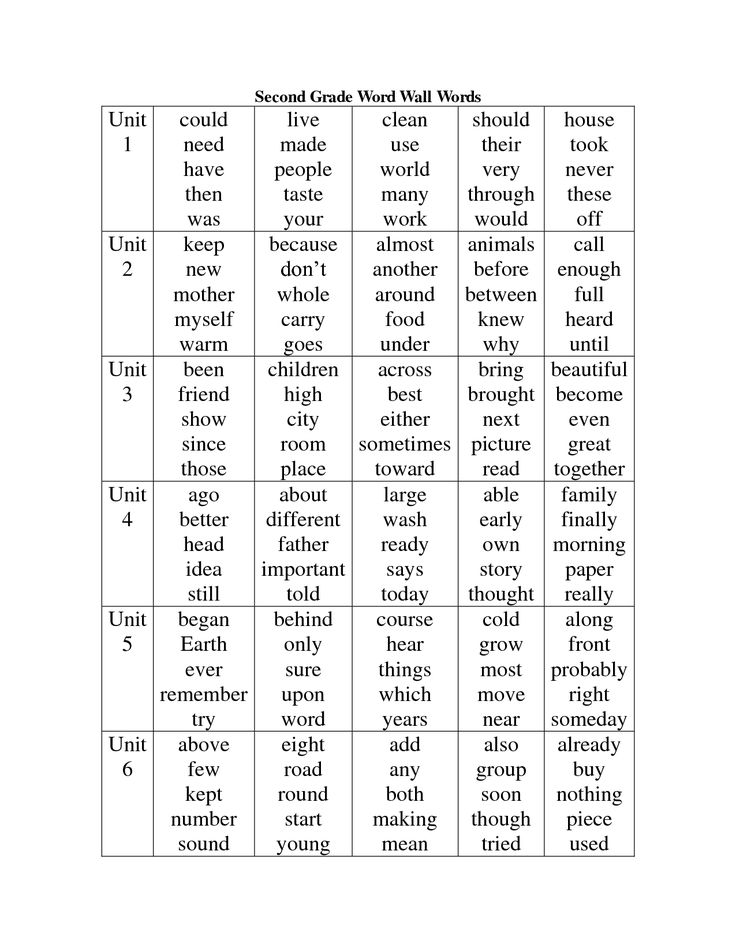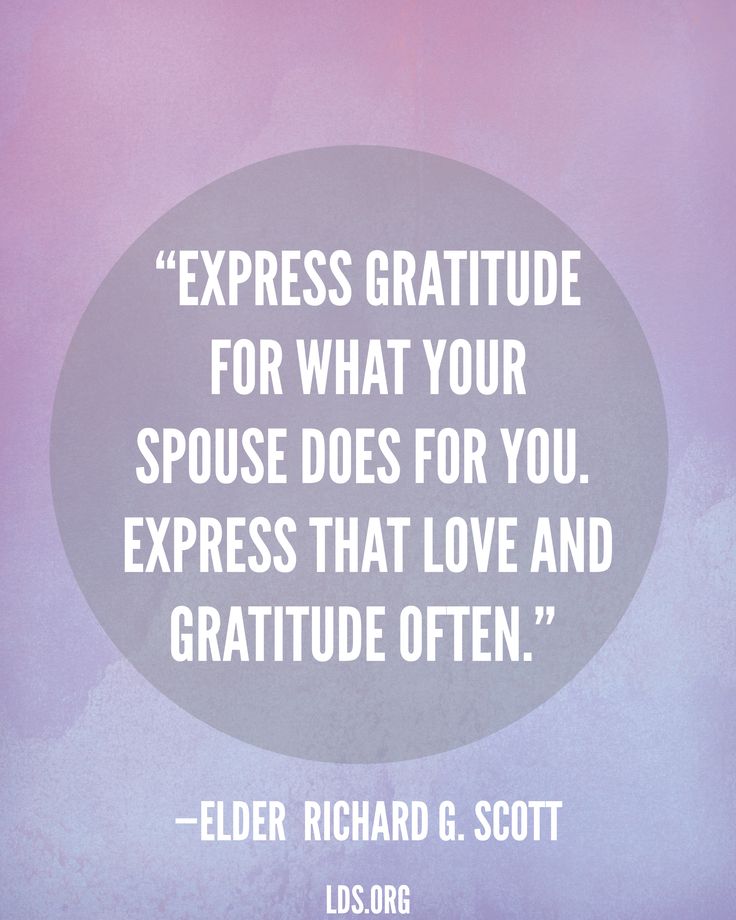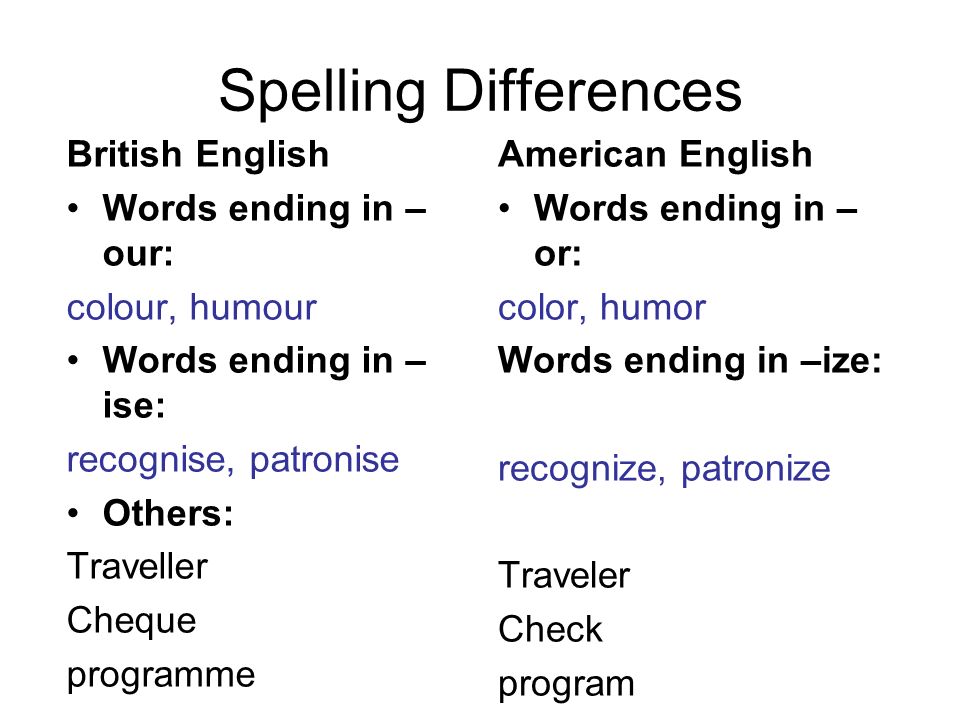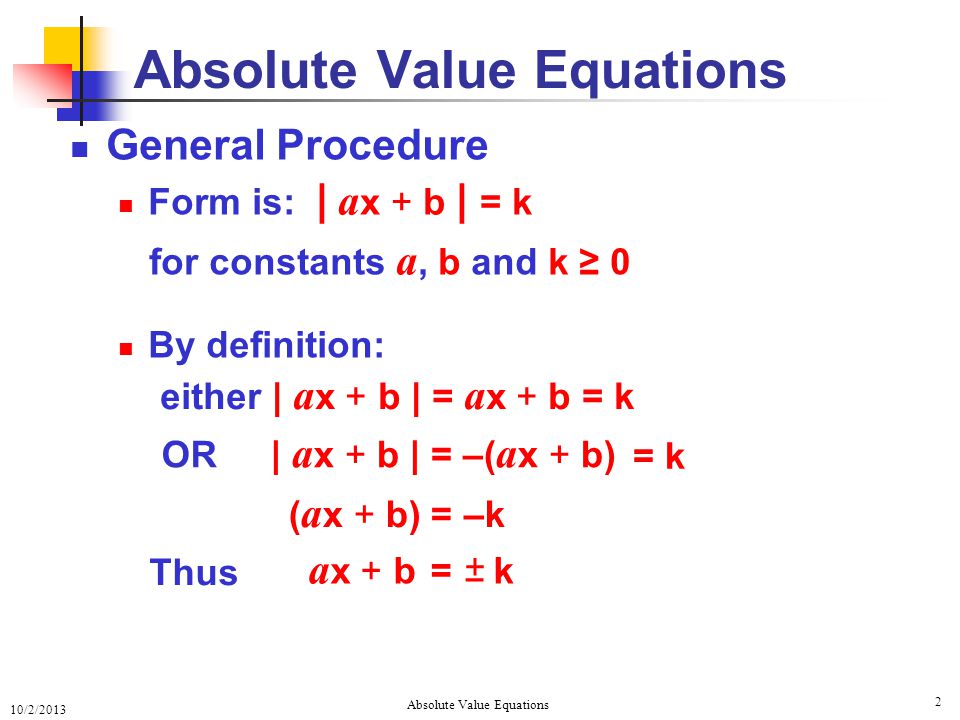Math for class 1
Grade 1 Curriculum
Below are skills needed, with links to resources to help with that skill. We also encourage plenty of exercises and book work. Curriculum Home
Important: this is a guide only.
Check with your local education authority to find out their requirements.
Grade 1 | Counting
☐ Count the items in a collection and know the last counting word tells how many items are in the collection (1 to 100)
☐ Play Counting Bugs Game
☐ Play Finding Bugs Game
☐ Counting
☐ Draw pictures or other informal symbols to represent a spoken number up to 20
☐ Counting
☐ Counting: Number Names to 100
☐ Write numbers to 100
☐ Counting: Number Names to 100
☐ Fill in the Number Chart
☐ Counting
☐ Activity: Make a Number Chart
☐ Read the number words one, two, three to ten
☐ Counting: Number Names to 100
☐ Counting
☐ Count out (produce) a collection of a specified size (10 to 100 items), using groups of ten
☐ Counting: Number Names to 100
☐ Skip Counting
☐ Name the number before and the number after a given number, and name the number(s) between two given numbers up to 100 (with and without the use of a number line or a hundreds chart)
☐ Counting: Number Names to 100
☐ Counting
☐ Scrolling Number Line
☐ Ordering Game
☐ Use before, after, or between to order numbers to 100 (with or without the use of a number line)
☐ Counting: Number Names to 100
☐ Ordering Game
☐ Scrolling Number Line
☐ Counting
☐ Use the words higher, lower, greater, and less to compare two numbers
☐ Comparing Numbers
☐ Compare Numbers to 10
☐ Compare Numbers to 100
☐ Scrolling Number Line
☐ Counting: Number Names to 100
☐ Use and understand verbal ordinal terms, first to twentieth
☐ Definition of Ordinal Number
☐ Cardinal Ordinal and Nominal Numbers
☐ Cardinal and Ordinal Numbers Chart
☐ Quickly see and label with a number, collections of 1 to 10
☐ Counting
☐ Count by 1's to 100
☐ Counting: Number Names to 100
☐ Fill in the Number Chart
☐ Colorable Number Chart
☐ Counting
☐ Skip count by 10's to 100
☐ Skip Counting by 10
☐ Colorable Number Chart
☐ Skip Counting
☐ Skip Counting Game
☐ Skip count by 5's to 50
☐ Skip Counting by 5
☐ Colorable Number Chart
☐ Skip Counting
☐ Skip Counting Game
☐ Skip count by 2's to 20
☐ Skip Counting by 2
☐ Colorable Number Chart
☐ Skip Counting
☐ Skip Counting Game
☐ Verbally count from a number other than one by 1's
☐ Skip Counting
☐ Cardinal Ordinal and Nominal Numbers
☐ Count backwards from 20 by 1's
☐ Colorable Number Chart
☐ Skip Counting Backwards (20 to 1)
☐ Skip Counting
☐ Skip count multiples of 10 by 10's to 1,000
☐ Skip Counting by 10
☐ Skip Counting by 10
☐ Skip Counting
☐ Skip Counting Game
Grade 1 | Addition
☐ Understand the commutative property of addition
☐ Commutative Associative and Distributive Laws
☐ Addition
☐ Definition of Commutative Law
☐ Smart Blocks
☐ Addition Table
☐ Activity: Commutative Associative and Distributive
☐ Develop and use strategies to solve addition word problems
☐ Word Questions - Elementary Addition
☐ Addition in Columns
☐ Addition
☐ Represent addition word problems and their solutions as number sentences
☐ Word Questions - General Elementary
☐ Addition in Columns
☐ Word Questions - Elementary Addition
☐ Word Questions
☐ Addition
☐ Use a variety of strategies to solve addition problems with one and two-digit numbers without regrouping
☐ Math Trainer - Addition
☐ Addition Math Worksheets
☐ Addition
☐ Addition in Columns
☐ Flipping Discs Puzzle
☐ Demonstrate fluency and apply addition facts to and including 10
☐ Play Math Match Memory Game
☐ Play Reaction Math
☐ Play Yacht Dice Game
☐ What Makes 10?
☐ Addition
☐ Addition Table
☐ Math Trainer - Addition
☐ Number Blocks Puzzles
☐ Play with Number Blocks Online
☐ Addition Math Worksheets
☐ Flipping Discs Puzzle
☐ Test your Math
☐ Understand that different parts can be added to get the same whole
☐ What Makes 10?
☐ Number Blocks Puzzles
☐ Play with Number Blocks Online
☐ Addition Table
☐ Flipping Discs Puzzle
☐ Addition
Grade 1 | Subtraction
☐ Develop and use strategies to solve subtraction word problems
☐ Word Questions - Elementary Subtraction
☐ Word Questions
☐ Word Questions - General Elementary
☐ Subtraction
☐ Represent subtraction word problems and their solutions as number sentences
☐ Word Questions - Elementary Subtraction
☐ Subtraction
☐ Word Questions
☐ Word Questions - General Elementary
☐ Use a variety of strategies to solve subtraction problems with one and two-digit numbers without regrouping
☐ Math Trainer - Subtraction
☐ Subtraction
☐ Subtraction Math Worksheets
☐ Test your Math
☐ Fix the Equation
☐ Demonstrate fluency and apply subtraction facts to and including 10
☐ Play Reaction Math
☐ Math Trainer - Subtraction
☐ Subtraction
☐ Subtraction Math Worksheets
☐ Test your Math
☐ Quick Subtraction
Grade 1 | Numbers
☐ Arrange objects in size order (increasing and decreasing)
☐ Ordering Game
☐ Definition of Ascending Order
☐ Definition of Descending Order
☐ Ordering Numbers
☐ Compare and order whole numbers up to 20
☐ Compare Numbers to 10
☐ Definition of Descending Order
☐ Play In Order Memory Game
☐ Ordering Game
☐ Ordering Numbers
☐ Activity: Make a Number Chart
☐ Definition of Ascending Order
☐ Use a variety of strategies to compose and decompose one-digit numbers
☐ Number Blocks Puzzles
☐ Play with Number Blocks Online
☐ Composing and Decomposing Numbers
☐ Recognize the difference between numbers, numerals and digits.
☐ Numbers Numerals and Digits
Grade 1 | Measurement
☐ Recognize length as an attribute that can be measured
☐ Definition of Ruler
☐ Activity: Discover Lengths
☐ Activity: Personal Measures
☐ Select and use non-standard units to estimate measurements
☐ Definition of Estimate
☐ Activity: Compare Lengths
☐ Definition of Estimation
☐ Activity: Discover Lengths
☐ Use non-standard units (including finger lengths, paper clips, students' feet and paces) to measure both vertical and horizontal lengths
☐ Activity: Compare Lengths
☐ Vertical Definition
☐ Horizontal Definition
☐ Activity: Personal Measures
☐ Informally explore the standard metric unit of measure (meter)
☐ Metric Length
☐ Activity: Discover Lengths
☐ Activity: Personal Measures
☐ Informally explore the US standard unit of measure (foot)
☐ US Standard Lengths
☐ Activity: Personal Measures
☐ Activity: Discover Lengths
Grade 1 | Time
☐ Classify months and connect to seasons and other events
☐ 12-Month Calendar
☐ Months
☐ The Seasons
☐ Years
☐ Definition of Month
☐ Definition of Calendar
☐ Introduction to Days Weeks Months and Years
☐ Earth's Orbit and Daylight
☐ Recognize specific times (morning, noon, afternoon, evening)
☐ Sun Clock
☐ A Day .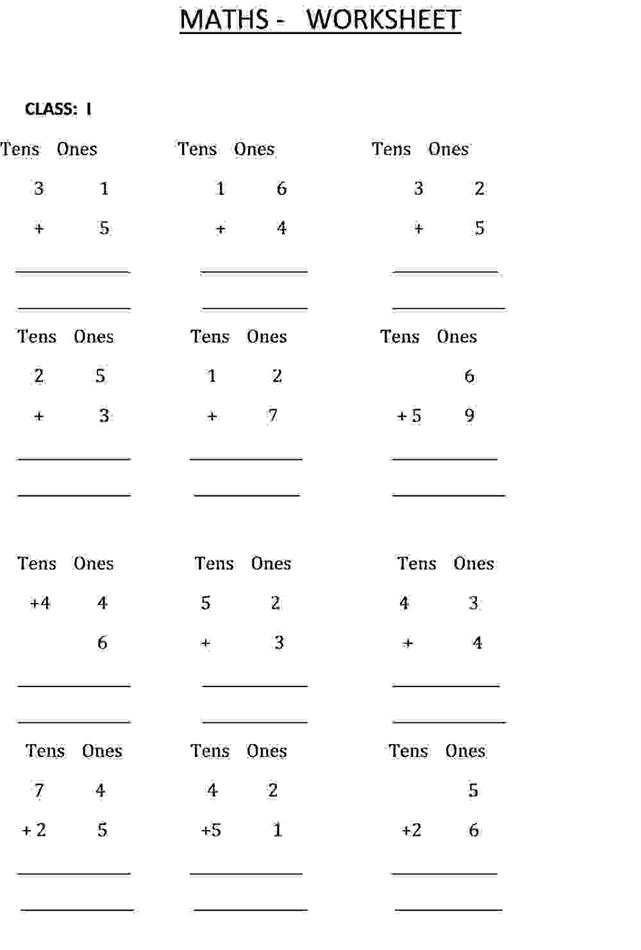 ..
..
☐ Introduction to Days Weeks Months and Years
☐ Clocks - Digital and Analog
☐ Tell time to the hour, using both digital and analog clocks
☐ Clocks - Digital and Analog
☐ Analog and Digital Clocks Animation
☐ Time Worksheets
☐ Date and Time Clock
☐ Know the days of the week and months of the year in sequence
☐ Day of the Week you were Born
☐ A Day ...
☐ Introduction to Days Weeks Months and Years
☐ Months
☐ 12-Month Calendar
Grade 1 | Geometry (Plane)
☐ Match shapes and parts of shapes to justify congruency
☐ Play Math Match Memory Game
☐ Concentration Memory Game
☐ Congruent
☐ Experiment with slides, flips, and turns of two-dimensional shapes
☐ Geometry Translation
☐ Geometry - Reflection
☐ Shapes Freeplay
☐ Definition of Slide
☐ Definition of Flip
☐ Definition of Turn
☐ The Set of Pentominoes
☐ Pentomino Challenge
☐ Geometry Rotation
☐ Identify symmetry in two-dimensional shapes
☐ Shapes Freeplay
☐ Symmetry Artist
☐ Reflection Symmetry
☐ Lines of Symmetry of Plane Shapes
☐ Activity: Symmetry of Shapes
☐ Activity: Make a Mandala
☐ Recognize, name, describe, create, sort, and compare two-dimensional shapes
☐ Shapes Freeplay
☐ Play Math Match Memory Game
☐ Triangle Definition
☐ 2D Shapes - Polygons and More
☐ Concentration Memory Game
☐ Activity: Sorting Shapes
☐ Definition of Rectangle
☐ Square Definition
☐ Circle Definition
☐ Direction: Up, Down, Left, Right
☐ Play Mazes Online or Print Them
☐ Definition of Direction
☐ Play Follow the Direction
☐ Play Cubilus Game
☐ Knights Move Challenge
Grade 1 | Geometry (Solid)
☐ Recognize, name, describe, create, sort, and compare three-dimensional shapes
☐ Definition of Cube
☐ Prism Definition
☐ Definition of Cylinder
☐ Cone Definition
☐ Definition of Sphere
☐ Pyramid Definition
☐ Common 3D Shapes
☐ Recognize geometric shapes and structures in the environment
☐ Common 3D Shapes
Grade 1 | Pre-Algebra
☐ Determine and discuss patterns in arithmetic (what comes next in a repeating pattern, using numbers or objects)
☐ Play Pattern Match - Numbers
☐ Patterns
☐ Definition of Number Pattern
☐ Colorable Number Chart
☐ Play Pattern Match - Shapes
☐ Play Pattern Match - Colors
☐ Create problem situations that represent a given number sentence
☐ Introduction to Algebra
Grade 1 | Data
☐ Pose questions about themselves and their surroundings
☐ Activity: Asking Questions
☐ Collect and record data related to a question
☐ Activity: Counting Cars
☐ Activity: Most Loved Pet
☐ Tally Marks
☐ Bar Graphs
☐ Display data in bar graphs using concrete objects with intervals of one
☐ Bar Graphs
☐ Make a Bar Graph
☐ Data Graphs
☐ Pictographs
☐ Frequency Distribution
☐ Interpret data in terms of the words: most, least, greater than, less than, or equal to
☐ Less Than Definition
☐ Greater Than Definition
☐ Bar Graphs
☐ Pictographs
☐ Answer simple questions related to data displayed in pictographs (e.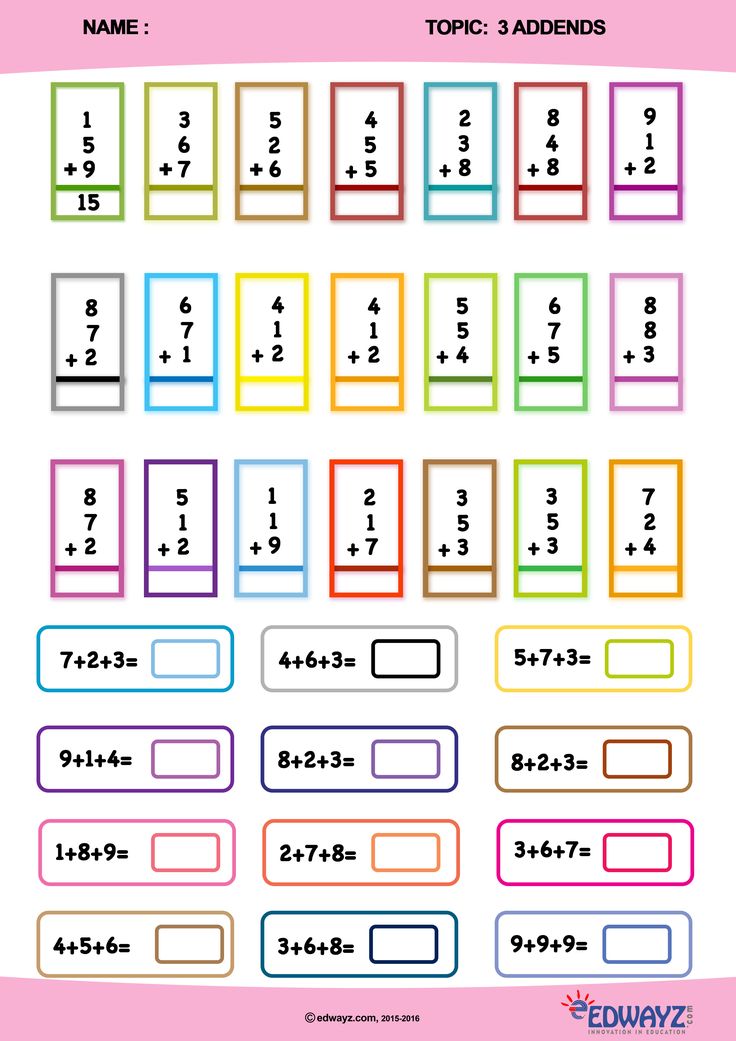 g., Category with most? How many more in one category compared with another? How many altogether in two categories?)
g., Category with most? How many more in one category compared with another? How many altogether in two categories?)
☐ Pictographs
☐ Construct a question that can be answered by using information from a data graph
☐ Bar Graphs
☐ Pictographs
Grade 1 | Estimation
☐ Estimate the number in a collection to 50 and then compare by counting the actual items in the collection
☐ Estimation Games
☐ Visual Estimation
☐ Definition of Estimation
☐ Definition of Estimate
Grade 1 | Probability
☐ Discuss conclusions and make predictions in terms of the words likely and unlikely
☐ Probability Line
☐ The Spinner - Your Decision Maker
☐ Probability
Grade 1 | Money
☐ Know and recognize coins
☐ Money Master
☐ Currencies of the World
☐ Recognize the cent notation.
☐ Money Master
☐ Currencies of the World
☐ Activity: Counting Coins
☐ Use different combinations of coins to make money amounts up to 25 cents
☐ Money Master
☐ Currencies of the World
☐ Activity: Counting Coins
1st Grade Math | Free, Online Math Games
Kindergarten
1st Grade
2nd Grade
3rd Grade
4th Grade
5th Grade
6th Grade
Fun Games for Kids
1st Grade Math Games
Game Spotlight: Skateboard Pups
Advertisement
Multiplayer Math Games
Advertisement
Jet Ski Addition
Money
Time
Tug Addition
Ducky Race Subtraction
Sailboat Subtraction
Skateboard Pups
Kitten Match
Turtle Rounding
Shape Names
Time
Money
Operations and Algebraic Thinking
Addition Chart
Math Word Problems
Thinking Blocks Jr
Bridge Builder
Galaxy Pals 20
Superhero Subtraction
Skateboard Pups
Monster Stroll
Sailboat Subtraction
Amusement Park Addition
Puzzle Pics Addition to 20
Math Racer Addition
Treasure Quest Addition
Math Surpass Compare
Magic Triangle
Code Sums
Math Monster Subtraction
Addition Blocks
Subtraction to 20
Kitten Match
Ducky Race Subtraction
Addition Snake
Number Trails Addition
Zogs and Monsters +
Island Chase Subtraction
Alien Addition
Minus Mission Subtraction
Math Monster Addition
Number Pairs to 10
Jet Ski Addition
Tug Team Addition
Number Bonds to 20
Math Bars
Number and Operations in Base Ten
Tandem Turtles Rounding
Bingo Tens
Hundreds Chart
Find the Bus Stop
Place Value Game
Place Value Party
Treasure Quest Numbers
Untamed Number Names
Bingo Number Pairs
Addition
Subtraction
Canoe Puppies
Number Patterns
Bingo 3 Numbers
Place Value Video
Jumping Chicks
Koala Karts
Bingo Rounding
Measurement and Data
Telling Time Video
Picture Graphs Video
Bar Graphs Video
Bar Graphs Video 2
Clocks
Giraffe Pull Time
Giraffe RaceTime
Geometry
Tangrams
Geoboard
Reflection Painter
Rotation Painter
Pattern Blocks
Super Math Puzzles
Triangle
Undercover
Pyramid
Numbers
Numbers Pro
Logic and Problem Solving Games
Paint the House Blue
Number Path
Find the Differences
Liquid Sort
Animal Memory
Monsterjong
Rainbow Tower
Squirrel Hop
Pingu and Friends
Cake Topping
Katana Fruit
Playful Kitty
Piggy Bank Adventure
Jumpy Kangaroo
Arcade Golf
Sophia's World
Monsterland 4
Monsterland 5
Find the Robot
Arty Agent
Block the Pig
Car Park Puzzle
Red Block Returns
Connect the Roads
Cookie Trail
Cross the Bridge
Mazes and Keys
Mini Golf World
Robot Maze
Chef Slash
One Liner
Puzzle Ball
Double Up
Logic Tail
The Parking Lot
Feed That Thing
Trap the Mouse
Hex Blocks
Dots and Boxes
Sorting Spheres
Andy's Golf
Islands Of Creatures
Gems Glow
Tic Tac Toe
Chess
Ghostie Loners
Animalines
Scratch and Sniff
Reverse the Discs
Code Builder
Follow the Code
Fluffy Cuddlies
Spot the Difference
Checkers
Flowers
Jelly Collapse
Filltracks
Number Sequence
Snoring Pirates
Brixx
Peg Jumper
Tetra Squares
Mancala
One Clown Standing
Tangrams
Four in a Row
Capture and Turn
Memory Artist
Giant Rabbit Run
Dot 2 Dot
Puzzle Blocks
Puzzle Slide
Unpuzzle 2
Temple Crossing
Unpuzzle
Word Games
Letter Recognition
Word Recognition
GDZ in mathematics Grade 1 Moro textbook 1, part 2
Part 1.
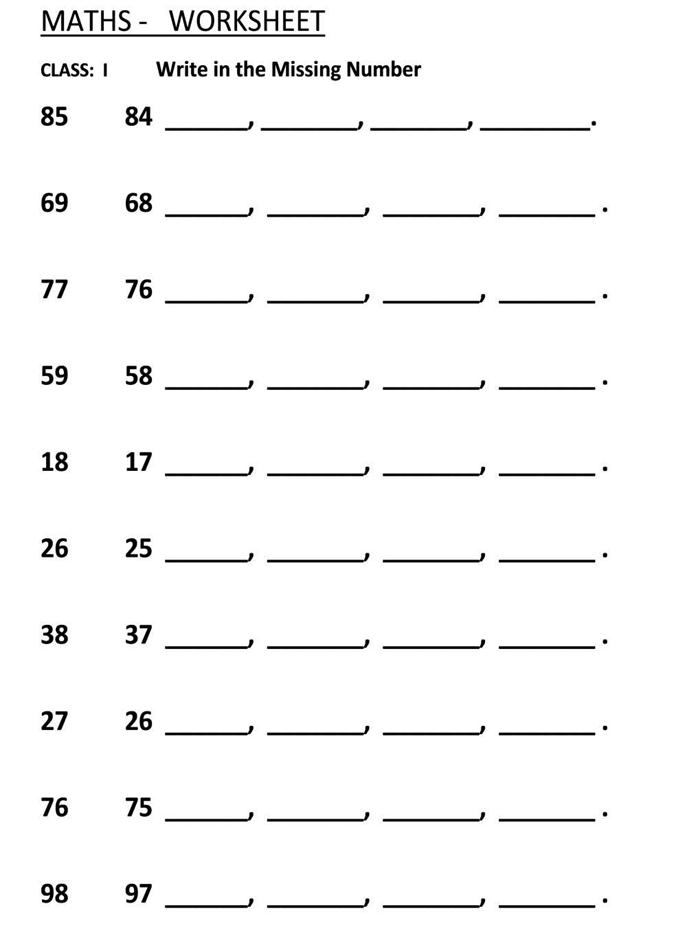 Pages
Pages - 4
- 5
- 6
- 7
- 8
- 9
- 10
- 11
- 12
- 13
- 14
- 15
- 16
- 17
- 18
- 19
- 20
- 21
- 22
- 23
- 24
- 25
- 26
- 27
- 28
- 29
- 30
- 31
- 32
- 33
- 34
- 35
- 36
- 37
- 38
- 39
- 40
- 41
- 42
- 43
- 44
- 45
- 46
- 47
- 48
- 49
- 50
- 51
- 52
- 53
- 54
- 55
- 56
- 57
- 58
- 59
- 60
- 61
- 62
- 63
- 64
- 65
- 66
- 67
- 68
- 69
- 70
- 71
- 72
- 73
- 74
- 75
- 76
- 77
- 78
- 79
- 80
- 81
- 82
- 83
- 84
- 85
- 86
- 87
- 88
- 89
- 90
- 91
- 92
- 93
- 94
- 95
- 96
- 97
- 98
- 99
- 100
- 101
- 102
- 103
- 104
- 105
- 106
- 107
- 108
- 109
- 110
- 111
- 112
- 113
- 114
- 115
- 116
- 117
- 118
- 119
- 120
- 121
- 122
- 123
- 124
- 125
- 126
- 127
Part 2.
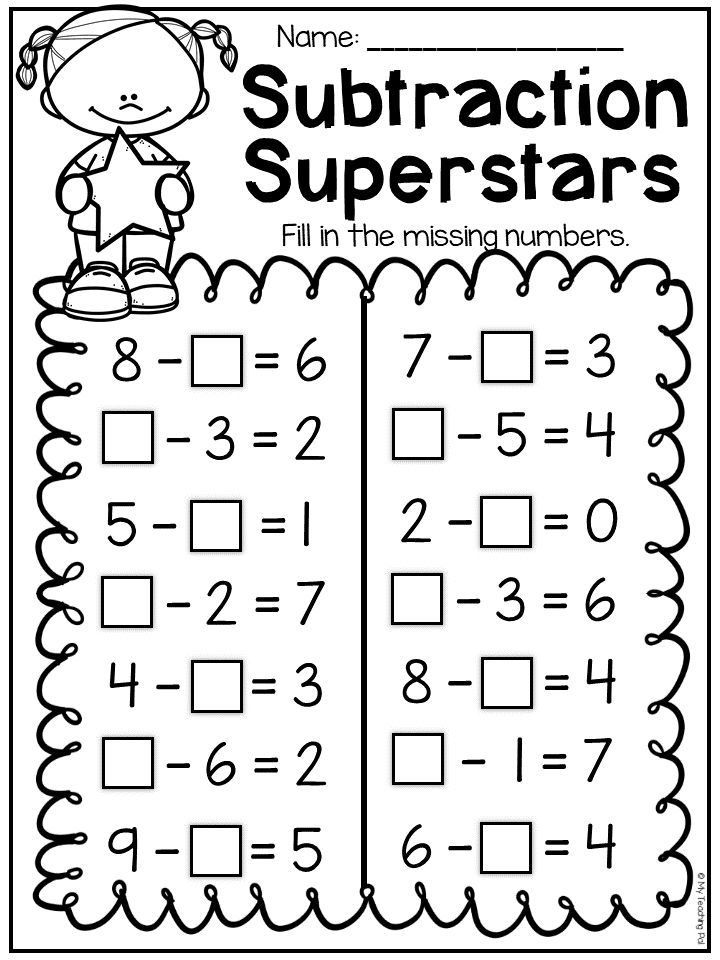 Pages
Pages - 4
- 5
- 6
- 7
- 8
- 9
- 10
- 11
- 12
- 13
- 14
- 15
- 16
- 17
- 18
- 19
- 20
- 21
- 22
- 23
- 24
- 25
- 26
- 27
- 28
- 29
- 30
- 31
- 32
- 33
- 34
- 35
- 36
- 37
- 38
- 39
- 40
- 41
- 42
- 43
- 44
- 45
- 46
- 47
- 48
- 49
- 50
- 51
- 52
- 53
- 54
- 55
- 56
- 57
- 58
- 59
- 60
- 61
- 62
- 63
- 64
- 65
- 66
- 67
- 68
- 69
- 70
- 71
- 72
- 73
- 74
- 75
- 76
- 77
- 78
- 79
- 80
- 81
- 82
- 83
- 84
- 85
- 86
- 87
- 88
- 89
- 90
- 91
- 92
- 93
- 94
- 95
- 96
- 97
- 98
- 99
- 100
- 101
- 102
- 103
- 104
- 105
- 106
- 107
- 108
- 109
- 110
- 111
Additional GDZ Moro
- Mathematics workbook Grade 1 Moreau, Volkova
- Testing work in mathematics Grade 1 Volkova
See also
- Workbook on the world around 1st grade Pleshakov
- Russian language textbook Grade 1 Kanakina, Goretsky
- Russian language workbook Grade 1 Kanakina, Goretsky
Description
Collection of ready-made homework according to M.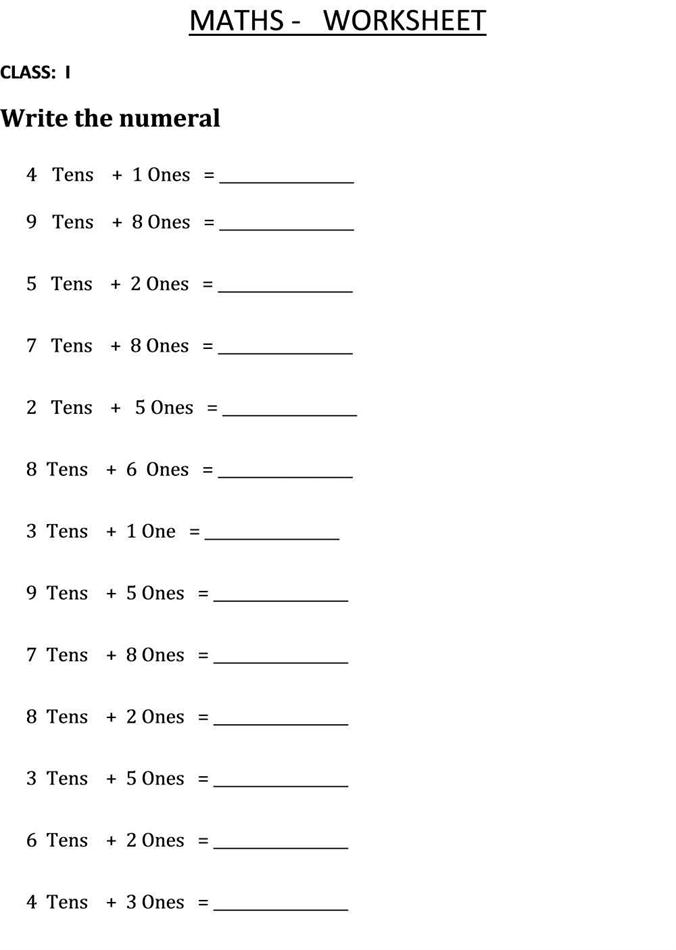 I. Moro, S.I. Volkova, S. V. Stepanova "Mathematics Grade 1" demonstrates the principles for performing basic numbers.
I. Moro, S.I. Volkova, S. V. Stepanova "Mathematics Grade 1" demonstrates the principles for performing basic numbers.
For convenience, the material is divided into two parts. GDZ pages strictly correspond to the textbook. There are necessary explanations for analytical tasks, brief notes of tasks for addition, subtraction, drawings, inequalities.
The advantage of the manual is that it presents solutions to exercises under the line, which is not always found in the authors of other GDZ.
High-quality illustrations look crisp and legible. A visual explanation of the algorithms helps to understand the principles of solution, step-by-step recording, final design. This allows you to quickly transfer the skills of work to children.
Your message has been sent!
+
Mathematics in grade 1 - what should a child be able to do?
Global development does not stand still, so the requirements for a person and his capabilities are constantly increasing. Including such a category of the population as schoolchildren. They need to work almost without rest in order to withstand the competition of their peers.
Including such a category of the population as schoolchildren. They need to work almost without rest in order to withstand the competition of their peers.
The level of knowledge of first-graders has also become quite high. Schools do not have strict requirements for future students, but still, yesterday's kindergarteners must be prepared for basic subjects. It will be easier for a child to study in the first grade if he knows letters and sounds, can read by syllables, hold a pen correctly, and even better be able to write letters and know the alphabet well. As for mathematics in the first grade, there are also some requirements: you need to know simple geometric shapes, count up to 10, and preferably up to 20, understand what direct and reverse ordinal counting is, navigate on a sheet of paper.
Both the educational and moral readiness of children is important. Parents are worried about the future first-grader, because even knowing everything that is needed, he can get confused and nervous. And school interviews are held precisely for this, so that teachers can understand how capable and prepared the child is.
And school interviews are held precisely for this, so that teachers can understand how capable and prepared the child is.
How can I help my child learn the school curriculum in mathematics in the first grade?
Many parents from the first grade strive to teach their children to study well - to get only fives. But at the same time, they forget to emphasize that the most important thing is to gain knowledge. Even first-graders often have a problem that the grades are good, but there is very little knowledge. After all, it’s easy to just memorize the material in order to answer well at the blackboard the next day. It is difficult to understand and understand the topic in order to fix it forever.
Therefore, parents should convey to their children that the most important thing is to understand mathematics, learn how to apply it in life, consciously perform exercises, do not solve examples in the classroom mechanically, but only with full understanding and without haste.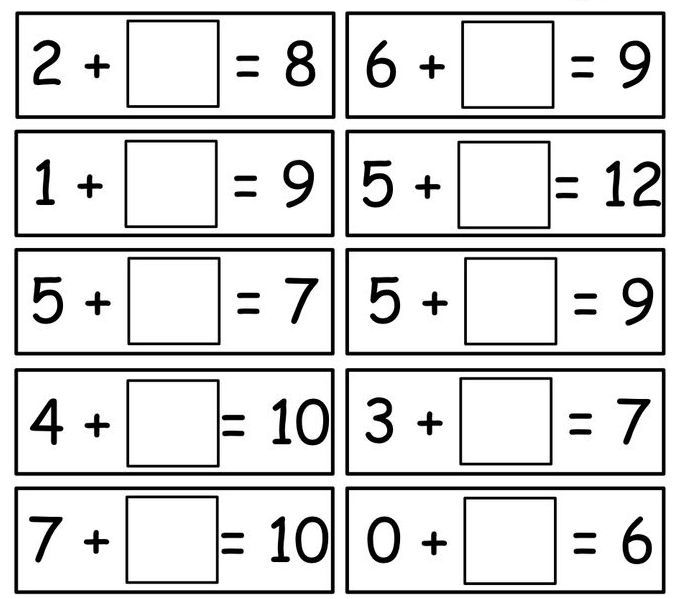 For conscious learning, the development of logic and non-standard critical thinking also helps. Thanks to them, it will be easier for the student to understand mathematics and apply its laws in life.
For conscious learning, the development of logic and non-standard critical thinking also helps. Thanks to them, it will be easier for the student to understand mathematics and apply its laws in life.
1st grade math assignments
First-graders' education is mainly based on what children learned in preschool lessons. The past is repeated, and the complication of the material occurs very gradually.
Mathematics assignments in grade 1 are the study of a straight line, a point, a broken line, simple geometric shapes, both written and mental counting. Considering that the basis of algebra is the multiplication table, then in the first grade there is preparation for its study: fundamental knowledge is gained, which in the second grade allows you to master the multiplication table.
In addition, of course, students learn to find figures in the world around them, broaden their horizons, and try to apply in life the calculation that they have already mastered.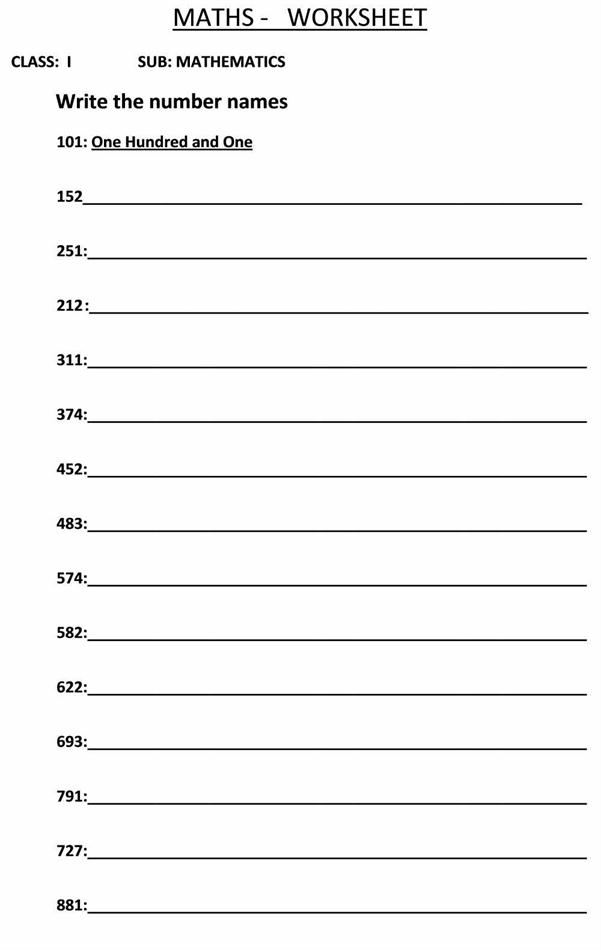 They also solve puzzles, puzzles, easy entertaining tasks, the simplest examples. Despite the fact that this is a school, teachers try to teach the material in an interesting way, and pick up tasks that are exciting and in a playful way.
They also solve puzzles, puzzles, easy entertaining tasks, the simplest examples. Despite the fact that this is a school, teachers try to teach the material in an interesting way, and pick up tasks that are exciting and in a playful way.
Math puzzles and quick wits
In addition to learning numbers, rules and counting, it is important to give your child to solve various puzzles and puzzles. It is non-standard tasks that help a child develop his brain, learn how to find a solution, are not afraid of difficulties, apply mathematical tricks. Simple examples will only help to work out the skill of arithmetic calculations, and you can develop further only using non-standard thinking.
The modern Amamatika method from the AMAKids Intelligence Development Academy includes an online platform and math game simulators that allow you to develop all the abilities of children in the field of mathematics at once.
In order to teach students to easily solve problems of any complexity, as well as apply the “queen of sciences” in life, our textbooks and manuals offer interesting tasks with missing numbers, unbroken crosswords and puzzles, mathematical puzzles for grade 1 and for older children, fascinating mazes , tasks for ingenuity.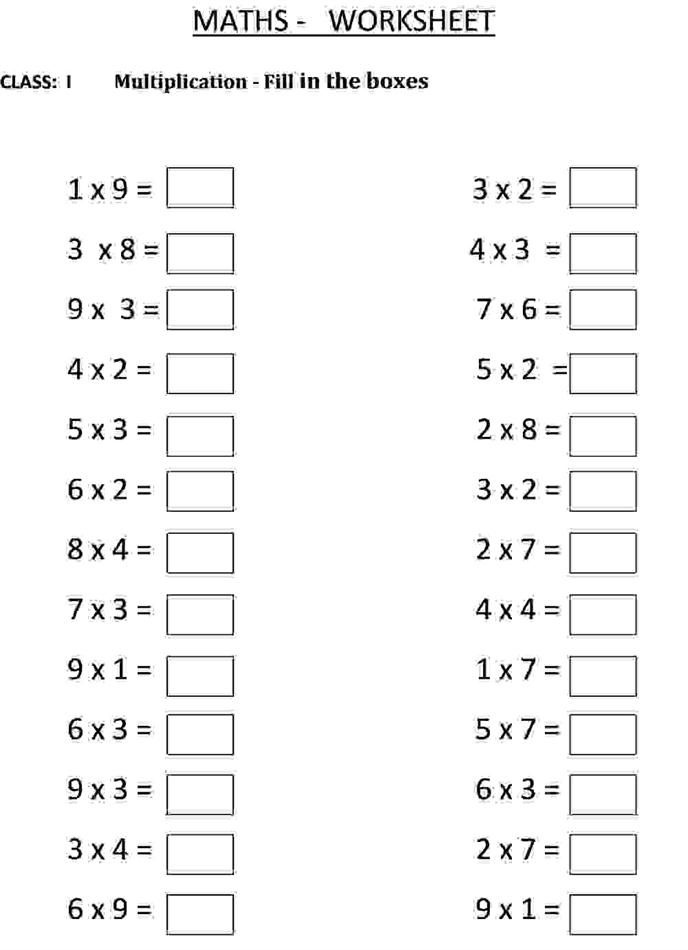 Knowing how to apply non-standard methods of solving, the child does not experience fear of tasks of increased complexity. He takes on any challenge with interest.
Knowing how to apply non-standard methods of solving, the child does not experience fear of tasks of increased complexity. He takes on any challenge with interest.
Mathematics simulator Grade 1
The Amamatika platform and simulator will help you not only succeed in school, but also teach you how to find an approach to complex tasks, teach financial literacy and the basics of programming, help develop analytical thinking, spatial imagination. Mathematics is a complex subject, but if you approach learning in a structured way and adhere to a proven methodology, a student will be able to understand and consolidate even the most difficult topics.
On our convenient online platform, students can pull up any mathematical direction - you just need to go to the required section and start doing the exercises. The first grade math simulator will provide a correct understanding of the subject and lay the necessary foundations for further learning.
Also on the gaming platform there are sections with arithmetic, geometry, tasks, as well as tasks on financial literacy, programming and games for the development of logic, memory and attention.


